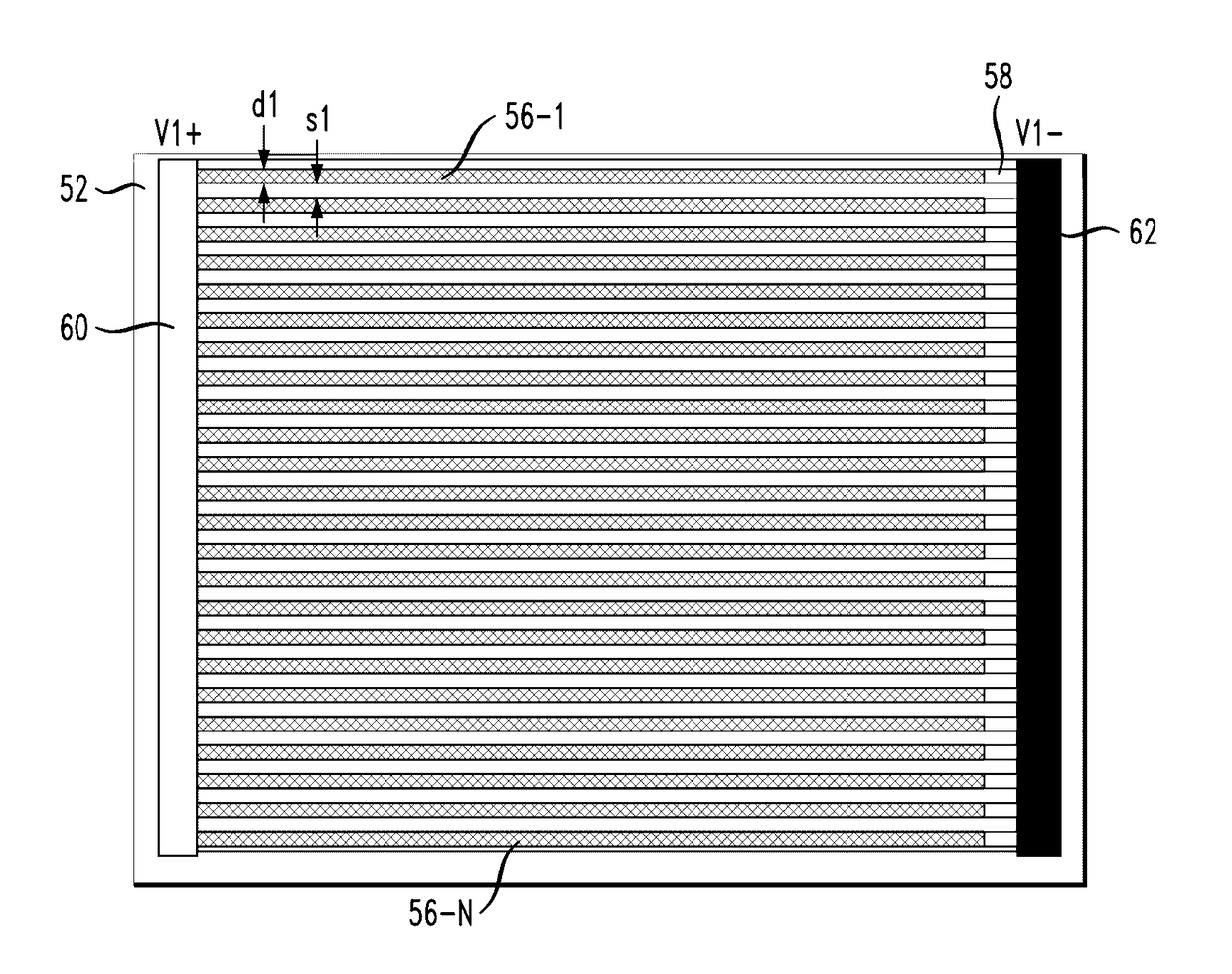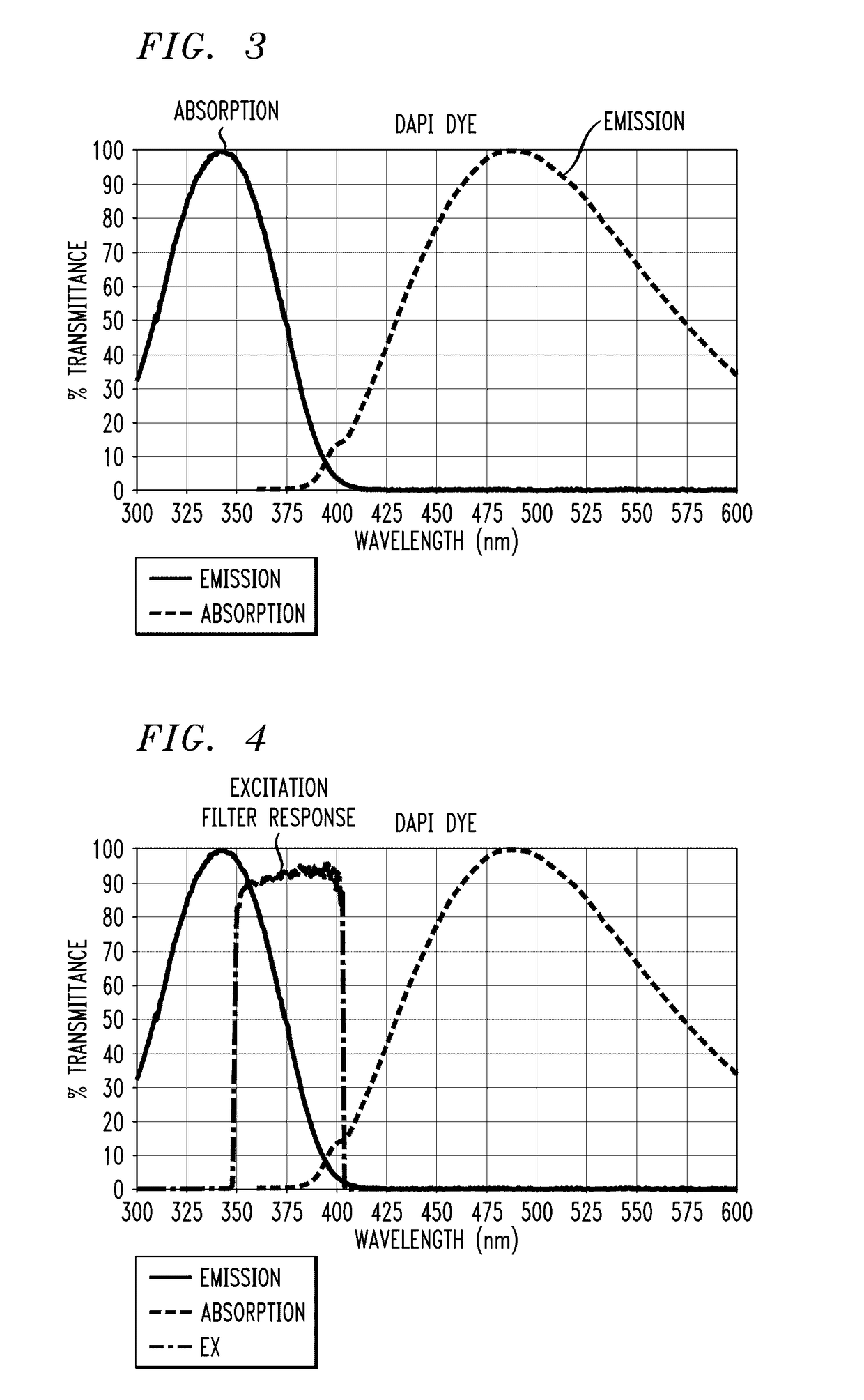Voltage-tunable optical filters for instrumentation applications
a technology of voltage-tunable optical filters and instrumentation, applied in the field of optical filters, can solve the problems of limiting the useful applications of mechanical configurations, limiting the signal loss, and relatively slow and bulky, and achieve the effect of simplifying the ability of users
- Summary
- Abstract
- Description
- Claims
- Application Information
AI Technical Summary
Benefits of technology
Problems solved by technology
Method used
Image
Examples
Embodiment Construction
[0053]As will be discussed in detail below, there are a variety of different applications for a tunable optical filter in fluorescence-based imaging systems. FIG. 1 illustrates an exemplary prior art epifluorescence microscope 1 that benefits from the utilization of the inventive voltage-controlled tunable optical filter. Fluorescence microscopy provides magnified images of tissues, cells or other components of a specimen, using light emission for a plurality of fluorescent dyes that can be attached to specific components or features of the specimen. Referring to FIG. 1, a specimen 2 is prepared using one or more known fluorescent dyes (such as DAPI, GFP, RFP, YFP, an Alexa dye, Cy2, Cy3, Atto 488, fluorescein, etc.). A broadband light source 3 is used to illuminate specimen 2. As shown, the broadband output from light source 3 is first passed through an excitation filter 4 that is configured to pass only the specific wavelength range (denoted λ1) that interacts with the specific dy...
PUM
| Property | Measurement | Unit |
|---|---|---|
| conductive | aaaaa | aaaaa |
| transparent | aaaaa | aaaaa |
| cut-off wavelength λS | aaaaa | aaaaa |
Abstract
Description
Claims
Application Information
 Login to View More
Login to View More - R&D
- Intellectual Property
- Life Sciences
- Materials
- Tech Scout
- Unparalleled Data Quality
- Higher Quality Content
- 60% Fewer Hallucinations
Browse by: Latest US Patents, China's latest patents, Technical Efficacy Thesaurus, Application Domain, Technology Topic, Popular Technical Reports.
© 2025 PatSnap. All rights reserved.Legal|Privacy policy|Modern Slavery Act Transparency Statement|Sitemap|About US| Contact US: help@patsnap.com



